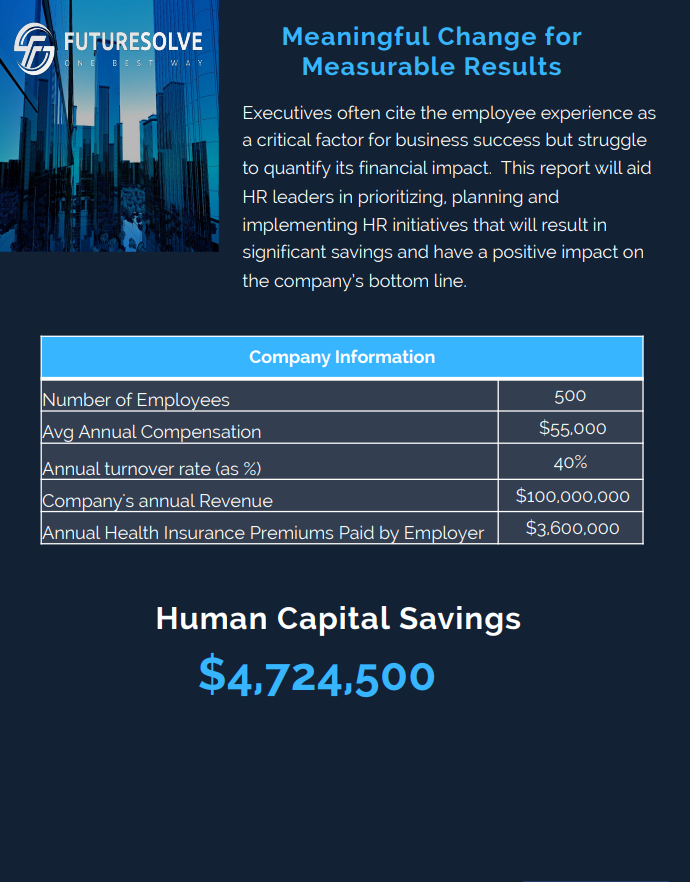“Do more with less.” You might have come across this phrase quite often -especially in relation to organization efficiency and performance. In reality, efficiency and the overall performance require ample focus as well as accurate measurement. How can you know you are actually doing more with less? How can you if your organizational performance was better than the last year? There are some important strategies to acknowledge the same.
What do we mean by Organizational Performance?
Organizational performance is a general term comprising the actual results or outputs of the entire organization as measured against the intended outputs. The term ‘organizational performance’ can also denote the fulfilment or success of the entire organization at the end of a specific program as desired.
The performance of the organization might depend on several factors, including:
- Employee productivity
- The efficiency of different business processes
- Organizational climate and culture
- How effectively organizations are able to meet the respective objectives
- The alignment between different business functions along with the alignment of the functions with the strategy of the organization
All of the given set of features contribute towards how efficiently the organization will operate and how well it continues performing in the existing marketplace.
What are some of the important metrics, KPIs, and measurements that can be utilized for measuring the respective effectiveness, progress, and performance of the organization?
When you choose important metrics or measurements, the first step should be aimed at defining a specific model and a concept of the overall effectiveness of the organization.
7 Tips to Measure Organizational Performance
The measurement of organizational performance starts with modeling organizational effectiveness. The model for analyzing organizational effectiveness will serve as the baseline for measuring the overall performance.
There are several models of organizational effectiveness that revolve around the core concepts, including:
- The efficiency of business operations and processes
- How well the organization is capable of obtaining and utilizing resources
- How effectively and efficiently the organization is capable of achieving its stated goals
- A cohesive array of business systems -including leadership, communication, delivery, workforce productivity, and so more
As such, before you measure organizational performance, it is recommended to effectively define the meaning of ‘organizational effectiveness’ for your organization.
Some of the top measures for analyzing organizational performance are:
#Assess the Achievement of Organizational Goals
One of the most common ways of analyzing organizational performance and effectiveness is by understanding how well your organization is capable of achieving its desired goals.
The approach would include a series of factors, including:
- Expenditures
- How successfully the organization is meeting its objectives
- Innovation
- Growth
- Bottom-line profits
There are specific models of organizational effectiveness that focus exclusively on goal-setting as well as its achievement. Once you are aware of what is going on, you can set specific organizational goals to achieve the purpose of your organization. Aim at setting SMART or Specific, Measurable, Actionable, Relevant, and Timely organizational goals.
#Look at Process Efficiency
The overall efficiency of different sets of business-centric processes can also be leveraged to analyze the overall value of organizational performance. Functions, processes, and units within an organization can be measured on the following grounds:
- Outcomes and productivity
- Speed
- Adaptability and agility
- Cost-efficiency
Measuring the core functions and different areas of your business can help organizations in identifying inefficiencies while searching for ample growth opportunities.
#Evaluate the Effectiveness of Investments
Another important to analyze organizational performance is by understand how efficiently and effectively the organization is capable of executing a wide array of business projects. Some of the top-level metrics that are utilized for evaluating individual projects are:
- Efficiency of the project
- Financial returns
- The difference between projected costs and actual costs against the derived outcomes or benefits
- Results of the project
It is crucial to ensure that you analyze these measurements with respect to the model of organizational effectiveness. While some performance measurements might be more valuable than others, still no metric should be utilized as a catch-all towards determining performance.
#Look at Marketplace Performance
The manner in which a business tends to perform in the given market also helps in demonstrating the overall effectiveness as well as organizational performance. Some of the core areas to measure in this aspect are:
- Innovation
- Market share
- Profits
- Valuation
- Growth
#See What Happens with Alignment
Organizational alignment refers to achieving synchronization between different aspects of any business, including:
- The organization and its marketplace
- The actions of the workforce and the mission of the organization
- Different departments within an organization
- The behavior of the organization and its mission
- Individual employees and the team or department
The more aligned different business units and workers are within the organization, the better the organization is going to perform in the long run.
#Explore the Workforce Metrics
The workplace and the respective workforce metrics as well as experiences play a vital role in determining the overall performance of the organization. Motivated and skilled employees will be more productive, engaged, and profitable for any business.
To analyze how the overall employee experience tends to affect the aspect of organizational performance, the business should focus on specific measurements, including:
- Performance and productivity
- Proficiency and skills
- Loyalty and retention
- Sentiment
- Motivation and engagement
These metrics are helpful in offering ample insight into potential weaknesses, strengths, and opportunities for constant improvement.
#Evaluate Customer Service Performance
Ensuring seamless customer service is a crucial aspect of ensuring that customers are receiving proper information as well as support as needed. Most organizations use different methods to analyze customer service. When you understand different mechanisms to assess customer services, it can help decision-makers and managers improve their respective business processes and organizational performance.
AI Predictive Assessments
AI has finally started delivering real-time business benefits. A majority of global organizations are leveraging AI-enabled learning and development as a crucial aspect to develop as well as retain talent through organizational development. In turn, this boosts organizational performance. Using AI-enabled predictive analytics or data analytics, organizations can create personalized training programs to nurture maximum growth and success.





























